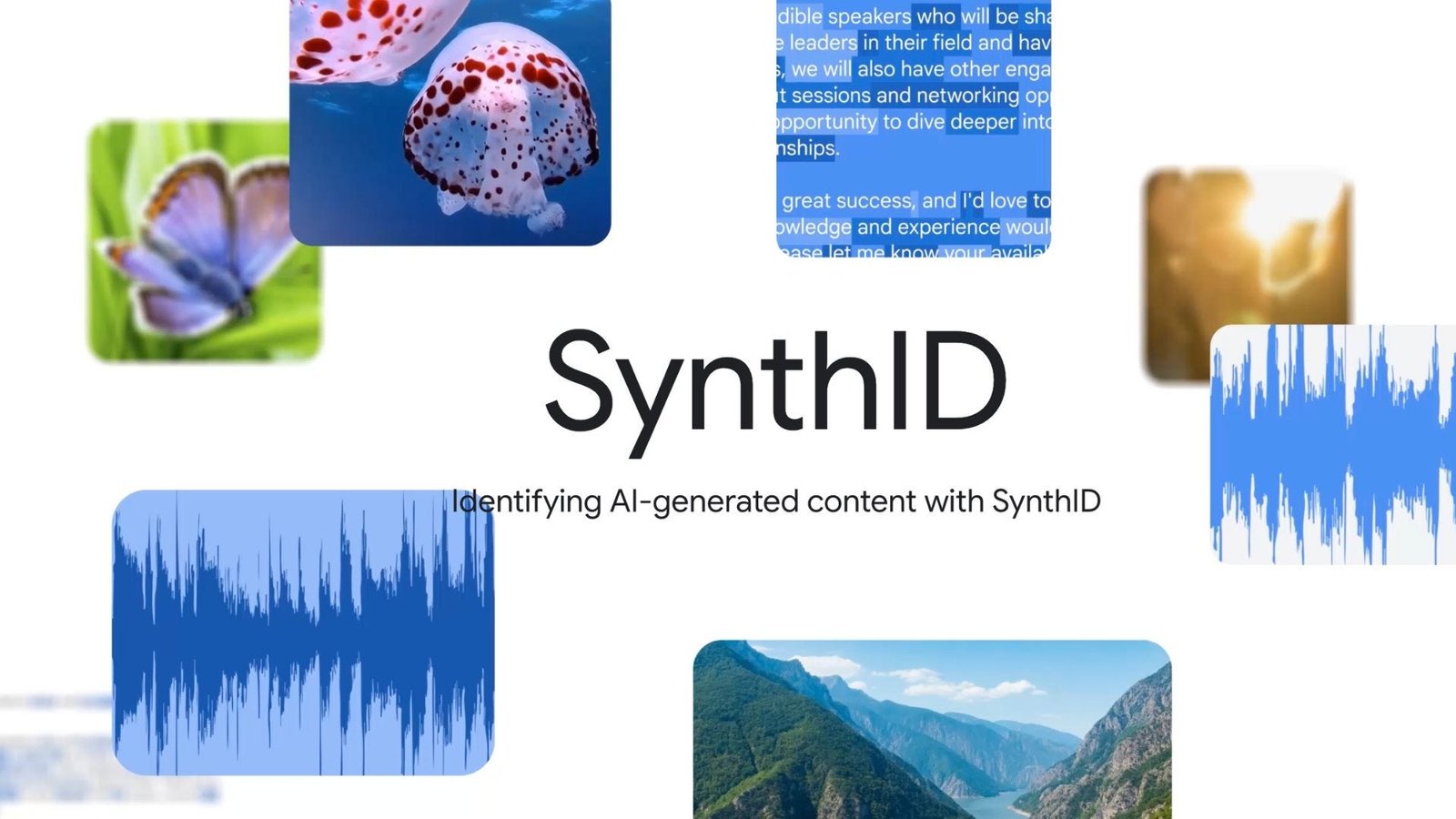Google has introduced SynthID Detector, an innovative tool designed to identify content generated by Artificial Intelligence (AI) across various media formats, including text, images, audio, and video.
The announcement was a key highlight of the company’s I/O 2025 developer conference, marking a significant stride in the technology sector’s ongoing efforts to enhance transparency and trust in Artificial Intelligence (AI).
The increasing prevalence of generative AI tools such as ChatGPT, Gemini, and Midjourney has been accompanied by growing concerns regarding their potential for misuse.
From the proliferation of fake news and deepfakes to the emergence of AI-authored academic papers, the ability to distinguish between authentic and synthetic content has become an escalating challenge for both online platforms and the general public.
Google’s newly launched SynthID Detector aims to address this critical issue.
At the core of Google’s solution lies SynthID, a watermarking technology initially developed by DeepMind.
Unlike conventional metadata tags, SynthID is directly embedded within the content itself.
For images, this involves subtle modifications to pixels that are imperceptible to the human eye.
In the case of text, the technology adjusts token patterns, effectively creating a digital signature that AI systems can subsequently detect.
A key innovation of SynthID is the resilience of its watermark, which remains detectable even after common alterations such as resizing, cropping, or paraphrasing.
The SynthID Detector itself is a user-friendly, browser-based verification tool. Users can upload content to the detector and receive a probability score indicating the likelihood of the content being AI-generated and watermarked with SynthID.
Initially, access to the tool will be limited to a select group of partners and researchers, with Google planning a phased rollout to journalists, educators, and content moderators later in the year.
During a demonstration, DeepMind engineers showcased the tool’s capability to accurately identify AI-generated images that had undergone significant editing, highlighting a notable advantage over more vulnerable detection methods.
In a notable development, Google has also decided to open-source the SynthID technology. This strategic move will allow third-party developers, including other AI companies, to integrate the same watermarking system into their own models.
Also Read: Outrage in Kenya after X users use Elon Musk’s Grok AI chatbot to undress women
This has the potential to pave the way for a standardized approach to AI content detection across the entire industry.
“This isn’t just a Google problem, it’s a global one,” stated Demis Hassabis, CEO of DeepMind. “We want to empower the broader ecosystem to build responsibly, and that means giving them tools to mark and trace content at the source.”
While SynthID Detector represents a significant step forward in the fight against AI-generated misinformation, Google acknowledges that it is not a flawless solution.
Some generative models might intentionally avoid using watermarks, and malicious actors could attempt to remove or obscure existing ones.
To counter these potential limitations, Google is actively exploring additional safeguards, including cryptographic watermarking, blockchain verification, and the development of international regulatory frameworks.

